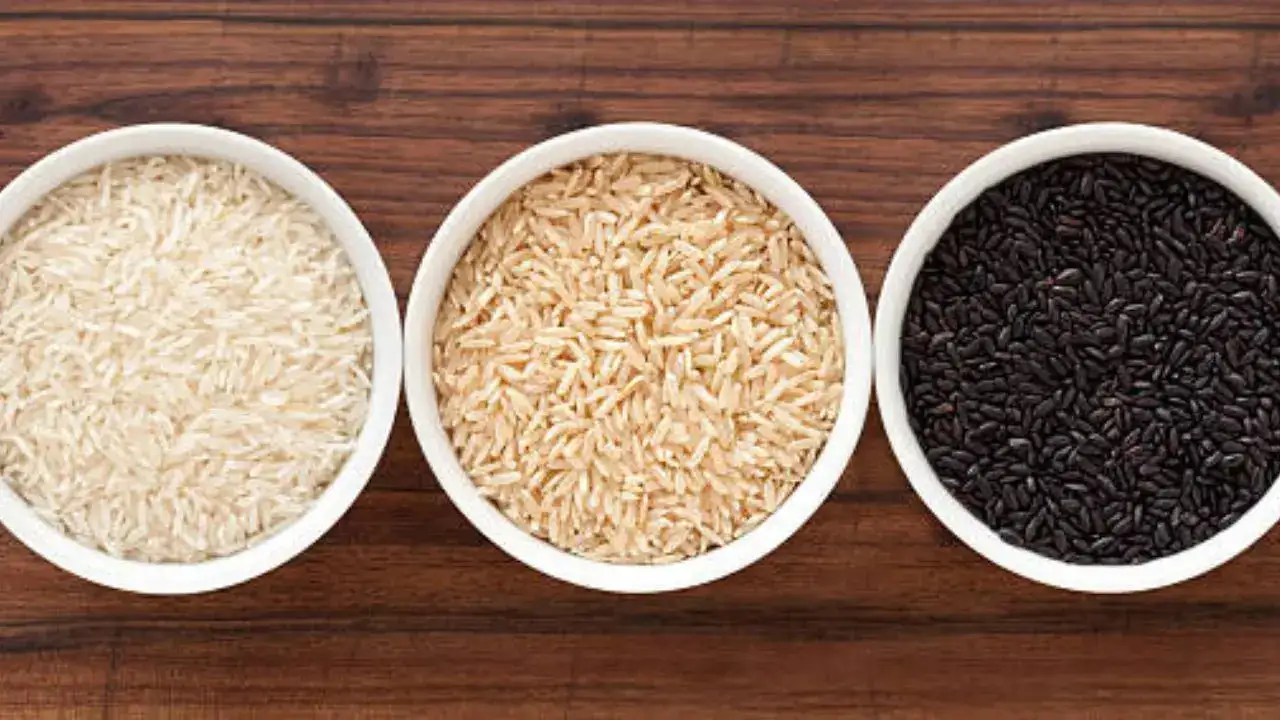
Reports say that 1 in 4 samples massively exceeded the US FDA's arsenic limit for infant rice cereal, which is around 100 ppb
According to a new report, rice sold across stores in the United States contains toxic heavy metals, which include including arsenic, cadmium, lead, and mercury. Released by Healthy Babies, Bright Futures, the report found arsenic in 100 per cent of rice samples tested from stores in 20 metro areas, including New York, Los Angeles, and Miami.
News reports say that one in four samples has massively exceeded the US Food and Drug Administration’s arsenic limit for infant rice cereal, which is around 100 parts per billion (ppb).
While that rule was set in 2021, it only applies to rice cereal made for babies, not to the rice that the rest of the family eats. "No such limit exists for rice itself — the bags and boxes of rice served at family meals — despite it being widely consumed by infants and toddlers," the authors of the report presented by the organisation that is focused on babies' exposure to toxic chemicals noted.
From around 145 rice samples purchased from stores across the United States, the samples included popular ones like Trader Joe's, Ben's, and Goya from 20 metro areas across the country.
Which metals were found in the largest quantity?
According to the report, arsenic was found at the highest levels, and cadmium was second. Lead and mercury were found at the lowest levels. Overall, the levels of total heavy metals, including inorganic arsenic, cadmium, lead, and mercury, ranged on average from 63 ppb to 188 ppb among the rice samples, though one sample exceeded 240 ppb, for example.
The organisation said they also found some types of rice had higher levels of heavy metals and elements than others. White rice grown in California, jasmine rice from Thailand, and basmati rice from India had lower levels than brown rice, white rice grown in the Southeast US, and arborio rice from Italy.
In a response to the report, the US Rice Federation acknowledged consumers' concerns. "We know that arsenic in food is alarming for many consumers and that you may have questions," the group said in a statement. "And while we do not agree that there is a public health safety issue as a result of trace amounts of arsenic in rice, we will continue to work with the US FDA to ensure the US rice supply meets any threshold established." Both the FDA and the National Institutes of Health acknowledge that inorganic arsenic is more toxic than the naturally occurring kind. According to the Environmental Protection Agency, as well, it is a carcinogen—a substance that can cause cancer.
Ways to lower arsenic exposure in rice
The report has offered a few tips by which you can lower the exposure to arsenic, which include:
Cook rice like pasta
Make sure to use enough water to boil the rice, and thereafter drain the extra water before eating.
Try alternatives
Always try out various other alternatives to rice, like quinoa, barley, and couscous, which have lower levels of heavy metals.
Choose rice wisely
Go for those rice that have lower levels of heavy metals and elements. Stop eating brown rice, white rice grown in the Southeastern US, and Italian arborio rice.
